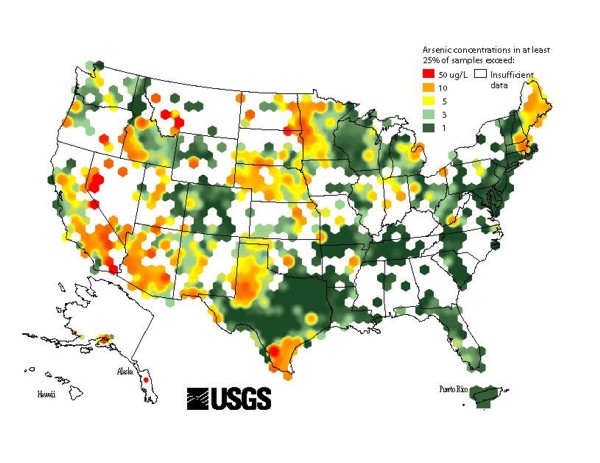




Scope of Replication


This technology can transform the way arsenic is removed from groundwater in Ganges, Brahmaputra and Mekong delta where the arsenic is of arsenopyrite origin, saving millions of lives. This includes affected areas of India, Bangladesh, Cambodia, Nepal, Vietnam and Thailand. The technology is scalable from a production capacity of 10,000 litres/day (USD 4,000) to 1,00,000 litres/day (USD 20,000) for each plant, catering to the drinking water needs of 2000 to 20000 people, depending on the soil & water conditions.
Scope of Replication in Ganga-Brahmaputra Delta Region, India
There is good scope for application of the project on a larger scale for the benefit of a good section of the population in arsenic affected areas. The main strength of the project team is the various centers of RKVM where the Mission has earned reputation and good will among the people because of their long term social services. There is an established connectivity with the rural sector and resource persons are available in these centers that can be of immense help to the project team.
Huge areas of West Bengal (8 districts & corporation/ municipal areas) are affected with arsenic contamination from arseno-pyrite origin. If each village is provided with one water treatment plant, then over 3000 plants are necessary in West Bengal only. The potential is therefore infinite. Moreover the country of Bangladesh which is adjacent to West Bengal is suffering from similar situations. The application of low cost eco-friendly safe water supply technology is essential for both drinking & irrigation purposes.
Scope of Replication in North America
See the map reproduced from the USGS website showing the status of arsenic in USA in the year 2000.
http://www.agiweb.org/geotimes/nov01/feature_Asmap
SAR has already been implemented very successfully in the Washington state and the Arsenic level has come down from 400ppb to 10 ppb within 6 weeks of operation. More US projects are in the pipeline.
Small SAR plants for a group of 20 to 50 households is a very economical option in the long run keeping in mind the increasing arsenic and iron contamination of groundwater in USA and Mexico.
Figure is a data-density-based map showing a moving 75th percentile of arsenic concentration, computed from 31,000 samples (Ref: http://www.agiweb.org/geotimes/nov01/feature_Asmap)
Designed by: Soumyadeep Mukhopadhyay
Site owned by: Bhaskar Sengupta, SPACE, QUB

